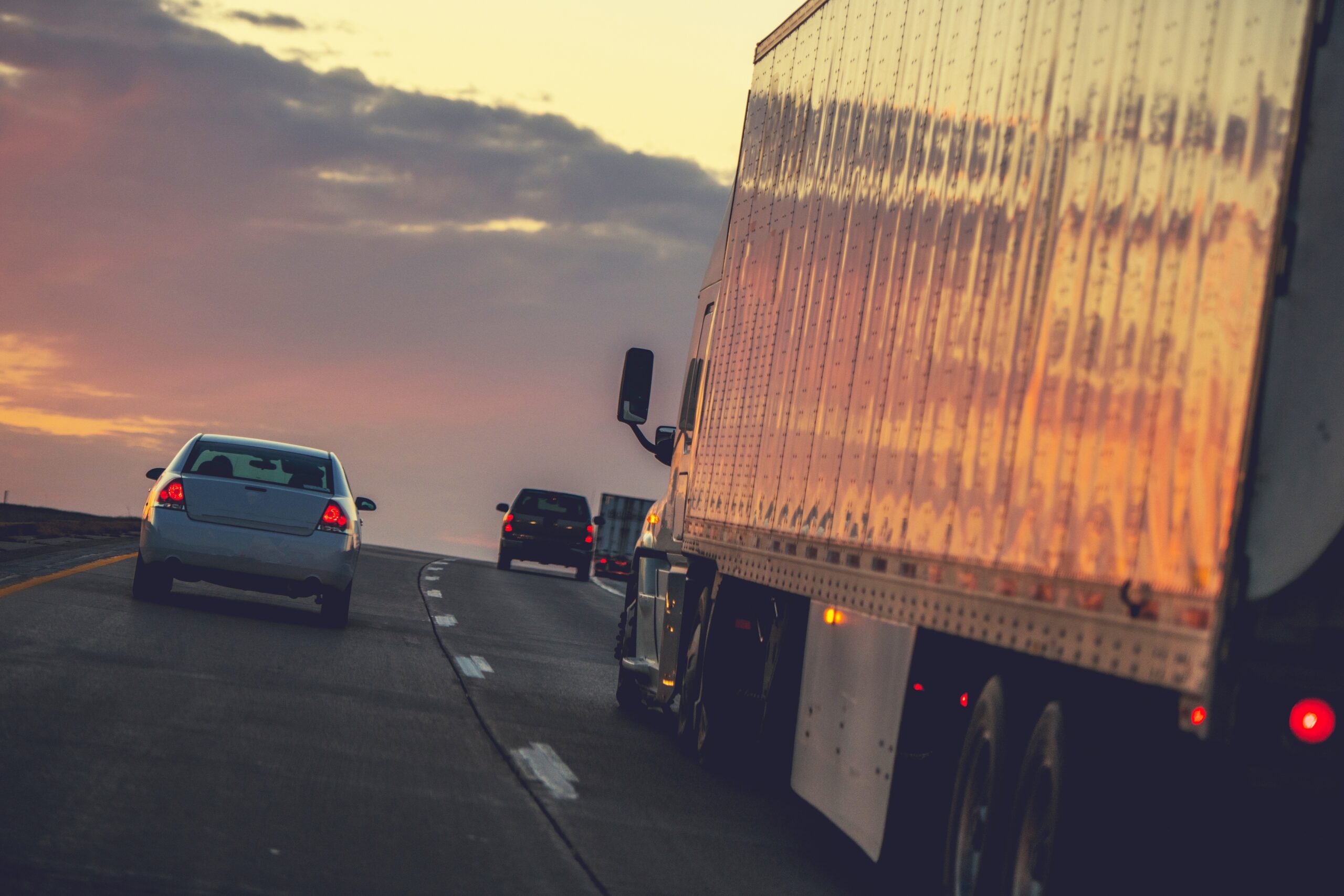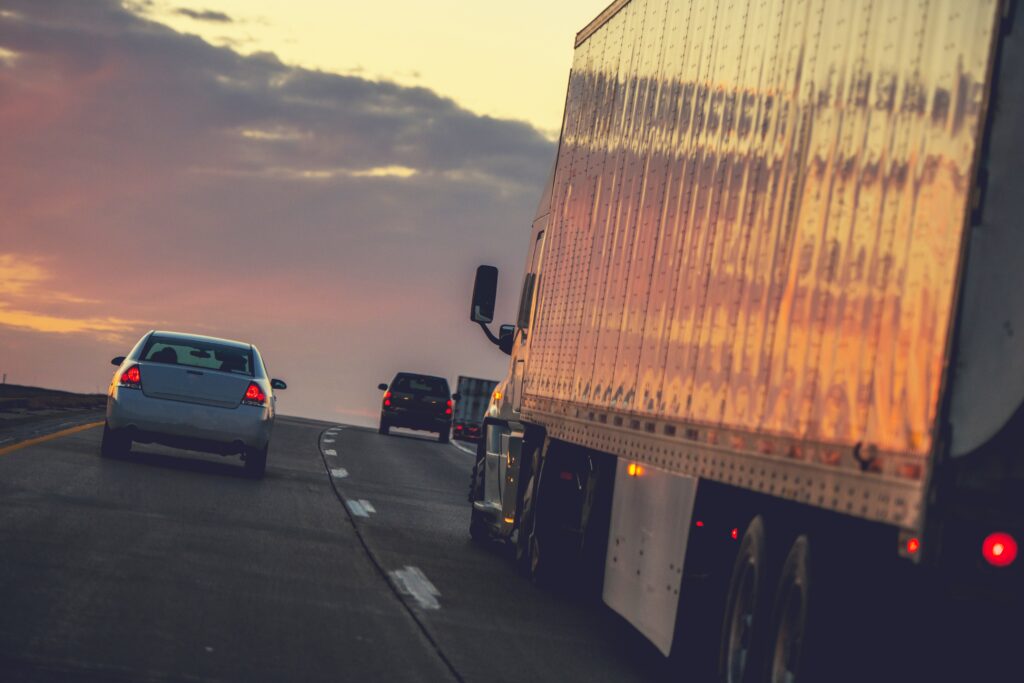How major postal carriers are fairing in their bid to decarbonise last-mile delivery
As part of a global initiative to reduce carbon emissions, logistics companies that operate large fleets have been implementing ways in which to reduce their carbon footprint in order to protect the environment.
Pressure has been building from government policy, both nationally and continentally, to ensure that the processes for fleets to offset their greenhouse gas emissions are well under way, in order to meet net zero emissions targets.
The UK has enacted a 2035 climate delivery plan which includes overarching policies such as no new petrol and diesel cars and vans being sold on the market by 2030. This is in tandem with other significant initiatives that encourage UK businesses that operate large fleets to make commitments to achieving net zero emissions.
This initiative will result in several thousand more zero emission vehicles on UK roads. The UK government has pledged to lead by example in this regard – 100% of the cars and vans in their fleet will be fully zero emission at the tailpipe by 2027.
As the ‘UK’s second largest fleet’, this will see over 40,000 vehicles transition to zero emission vehicles. Other UK based companies such as the Royal Mail, Zenith and LLoyds Banking Group have made similar commitments, as reflected in the table below.
| Company | Size of fleet | EV commitments to date |
| AstraZeneca | 17,000 | Fully electric fleet by 2025 |
| Royal Mail | 41,500 | Only new EVs bought by 2030 |
| Mitie | 5,300 | Fully electric fleet by 2025 |
| Openreach | 27,000 | Fully electric fleet by 2030 |
| Ocado | 1,700 | Net zero emissions by 2035 |
| Centrica | 15,000 | Fully electric fleet by 2025 |
| DHL | 7,500 | Zero logistics-related emissions by 2050 |
| Lloyds Banking Group | 350,000 | Net zero emissions across customer & corporate fleet by 2030 |
| Rentokil | 19,000 | Fully electric fleet by 2030 |
| Tesco | 5,500 | Fully electric van fleet by 2030 |
| Zenith | 48,000 | Fully electric fleet by 2030 |
| Fleet Alliance | 37,000 | Fully electric fleet by 2030 |
Successfully decarbonising the logistics sector, which is one of the greatest contributors to carbon emissions in the UK, is a race against time however, as global CO2 emissions reached an all-time high in 2021.
A report by Transport Intelligence which will be dissected in this article, has analysed the fleet composition of five leading postal carriers in Europe and the US: Royal Mail, UPS, La Poste, FedEx and DPDHL, to see how far they are in their progression towards operating a green, net zero fleet. It outlines the five postal provider’s climate goals (referred to as their sustainability profile) and their current fleet compositions – the percentage that is currently composed of alternative drivetrain vehicles or traditional drivetrain vehicles.
Which postal carriers are closest to delivering on their climate goals?
The findings of the study show that some carriers are ahead of others in terms of their overall progress towards achieving their targets.
Fleet Composition of Leading Parcel Carriers 2021/2022. Traditional Engines vs Alternative Engines
| Company | Alternative | Traditional | Total | % |
| Royal Mail | 1,619 |
47,615 | 49,234 | 3.3% |
| UPS | 13,000 | 108,000 | 121,000 | 10.7% |
| La Poste | 34,855 | 54,671 | 89,526 | 38.9% |
| FedEx | 4,156 | 195,844 | 200,000 | 2.0% |
| DPDHL | 26,094 | 86,366 | 112,460 | 23.2% |
“Of the analysed postal carriers, La Poste has the largest proportion of its fleet made up of alternative vehicles (although this does include electric trolleys and e-bikes, which are not typically employed by others). Other carriers such as Royal Mail and FedEx are playing catch-up in terms of alternative fleet options.”
Postal Carrier Sustainability Profiles:
This section summarises the climate targets and actions taken by the aforementioned parcel carriers, highlighting their intended plans to achieve net zero, and the proportion of their fleets that are fuelled by alternative drivetrains. It offers clear insight into their priorities and how they best see fit to achieve them. There is a general theme among the postal carriers in that they have set most of their targets in accordance with EU and UK legislation pertaining to net zero emissions pledges, so most of them use these laws as guidelines.

UPS
As part of UPS’ global ESG Strategy, the company plans to achieve 50% reduction in CO2 per package delivered and full carbon neutrality, including for its facilities and aviation by 2050.
In 2020, UPS invested in UK electric vehicle manufacturer Arrival. Alongside this investment, UPS committed to purchasing 10,000 of Arrival’s electric vans, purpose-built for UPS, so the electrification of their fleet is well under way. The study states that 10.7% of their fleet currently utilise an alternative drivetrain.
Royal Mail
Royal Mail have pledged that the only vehicles they will be purchasing as of 2030 will be EVs, whilst also committing to Net-Zero by 2040, and to only use 100% renewable electricity by the end of 2022.
Royal Mail’s alternative fuelled vehicles including: electric, hydrogen or bio-CNG, have grown from 13 vehicles in 2018 to 1,619 vehicles in 2022. However, alternative drivetrains only account for 3.3% of its overall fleet – the second lowest percentage in the study.
More than 80% of Royal Mail’s fleet are Euro 5 and 6 category vehicles, but in 2021 Royal Mail announced plans for a ten-fold increase in the number of electric vans in its fleet, as well as a plan to introduce approximately 3,000 additional electric vans by the end of 2022, which it has successfully achieved. The percentage of alternative drivetrains in their fleet has therefore increased since the study was conducted.
La Poste
La Poste claims that it is the first postal operator in the world to be carbon neutral, a feat achieved in 2012. They hope they will achieve net zero greenhouse gas emissions by 2030.
La Poste utilises a large and diverse fleet of environmentally friendly modes of transport, including: bicycles, trolleys, quadricycles, among other alternative drivetrain vehicles. Their fleet totals to almost 90,000, of which 34,855 (38.9%) are electric. It has 54,000 light commercial vehicles, of which 16,895 are electric LCVs.
They lead the way in terms of the percentage of its total fleet that is electric, which is unsurprising as it operates more than 17,700 e-bikes, 7,900 electric three-wheel vehicles (Staby) and 1,200 electric quadricycles. This is in addition to the 16,895 that are electric LCVs that they operate, which account for 31% of their alternative drivetrain vehicles. La Poste set a precedent for their commitment to successfully turning their operation green, and have made the most progress towards achieving their climate goals out of any of the postal carriers in the study.
FedEx
FedEx recently announced a new target to achieve carbon neutrality in its global operations by 2040. It has set out to achieve this through three primary long-term goals:
- 50% improvement in fuel efficiency of FedEx Express vehicles by 2025
- 50% of global FedEx Express pickup and delivery vehicle purchases are zero emission electric vehicles by 2025
- 100% of global FedEx Express pickup and delivery vehicle purchases are zero emission electric vehicles by 2040
FedEx manages a worldwide ground fleet of approximately 200,000 vehicles, the largest in the study, of which only 2% use an alternative drivetrain, the lowest percentage of the five studied postal carriers. They are currently lagging in their progression towards decarbonising their fleet in comparison to La Poste, but they take a more nuanced approach to reducing their carbon footprint.
Outside of simply investing in eco-friendly vehicles, FedEx has prioritised improving the fuel efficiency of its vehicles, which it has achieved to the tune of 44.5% from its 2005 ‘baseline’ by installing updated GPS tracking systems, which are similar to Stream Go’s route planning and optimisation logistics software. These systems minimise fuel consumption by providing drivers with the most efficient delivery route, thereby helping to optimise driving distances and reduce fuel consumption.
DPDHL
As part of Deutsche Post DHL’s 2030 Roadmap they outlined the environmental actions that they are pursuing in order to reduce logistics-related greenhouse gas emissions. As with the other postal carriers, they primarily aim to achieve this by electrifying the majority of their road fleet.
DPDHL operates more than 112,460 vehicles (of which 21,340 are electric vehicles) and 29,200 bicycles (of which 12,400 are e-trikes). By 2030 they hope to have electrified ‘60% of our last-mile delivery’ and offer a ‘comprehensive portfolio of green products’ in order to progress towards net zero emissions by 2050. This should culminate in the company having more than 80,000 e-vehicles on the road by 2030. DPDHL will invest €7 billion in sustainable technologies and fuels in order to achieve these goals and ensure that their climate targets are met.
Download the full whitepaper
Want to find out more about how Stream can help you reduce your fuel consumption through advanced route planning and optimisation?
Book a demo or Get a free trial
Frequently Asked Questions
La Poste claims that it is the first postal operator in the world to be carbon neutral, a feat achieved in 2012. They lead the way in terms of the percentage of its total fleet that is electric. They operate more than 16,895 electric LCVs, 17,700 e-bikes, 7,900 electric three-wheel vehicles (Staby) and 1,200 electric quadricycles.
Aside from switching to alternative drivetrains for their vans, such as hybrid or electric drivetrains, postal carriers have been investing in e-bikes, e-scooters and other forms of alternative vehicles. Some postal carriers have also focused on improving the fuel efficiency of their delivery vehicles by using route planning and optimisation software.








